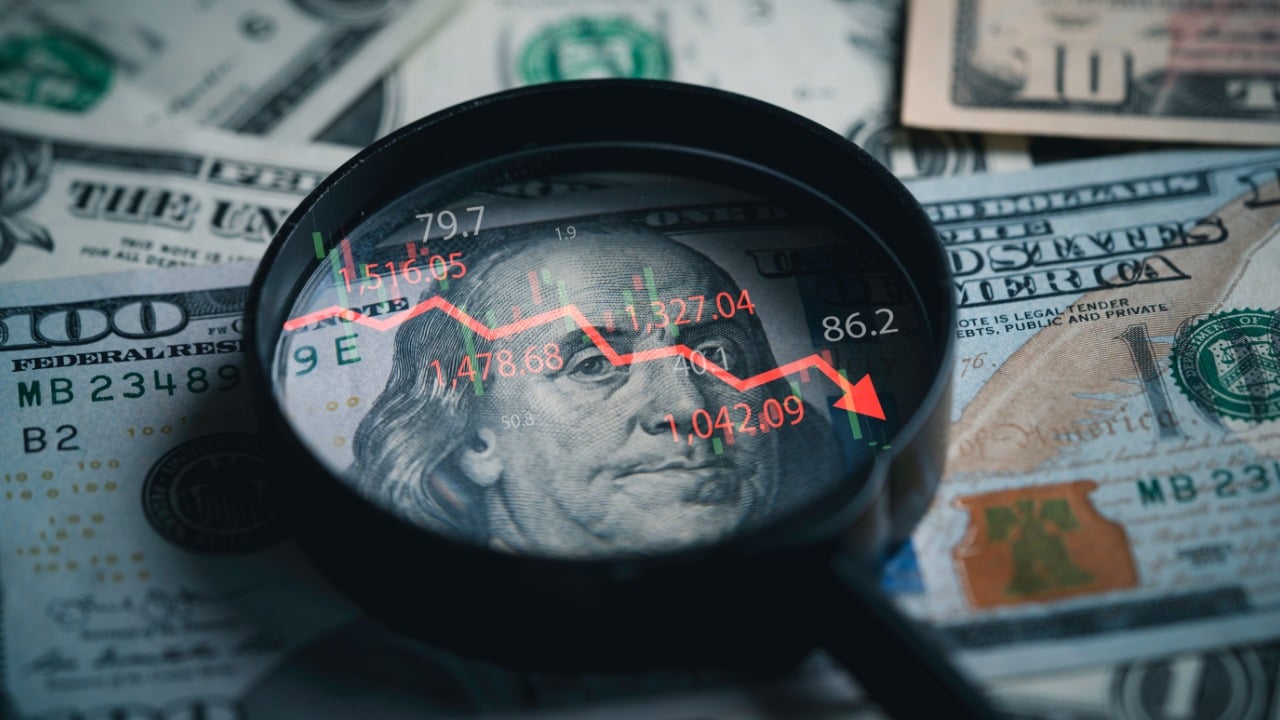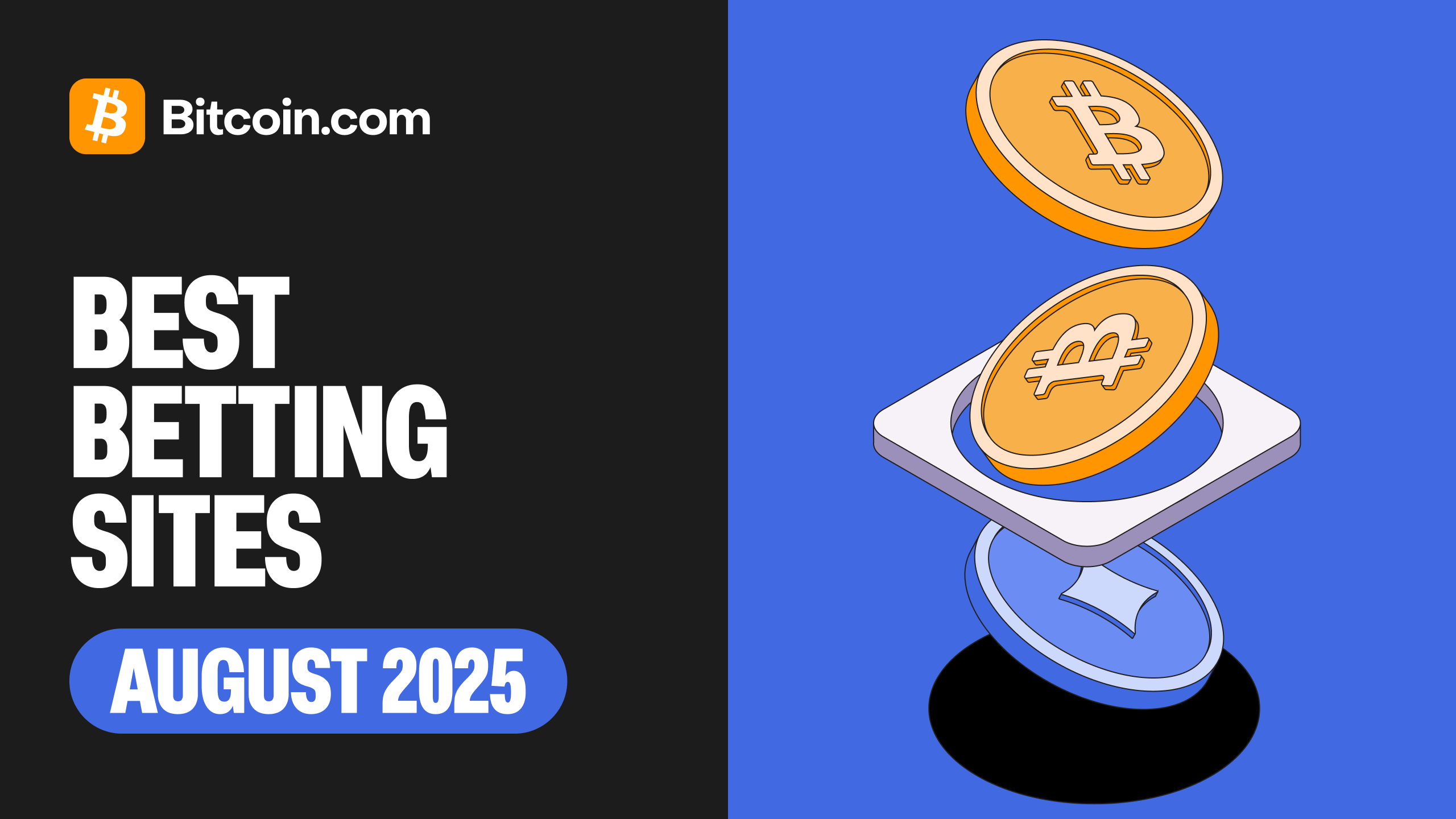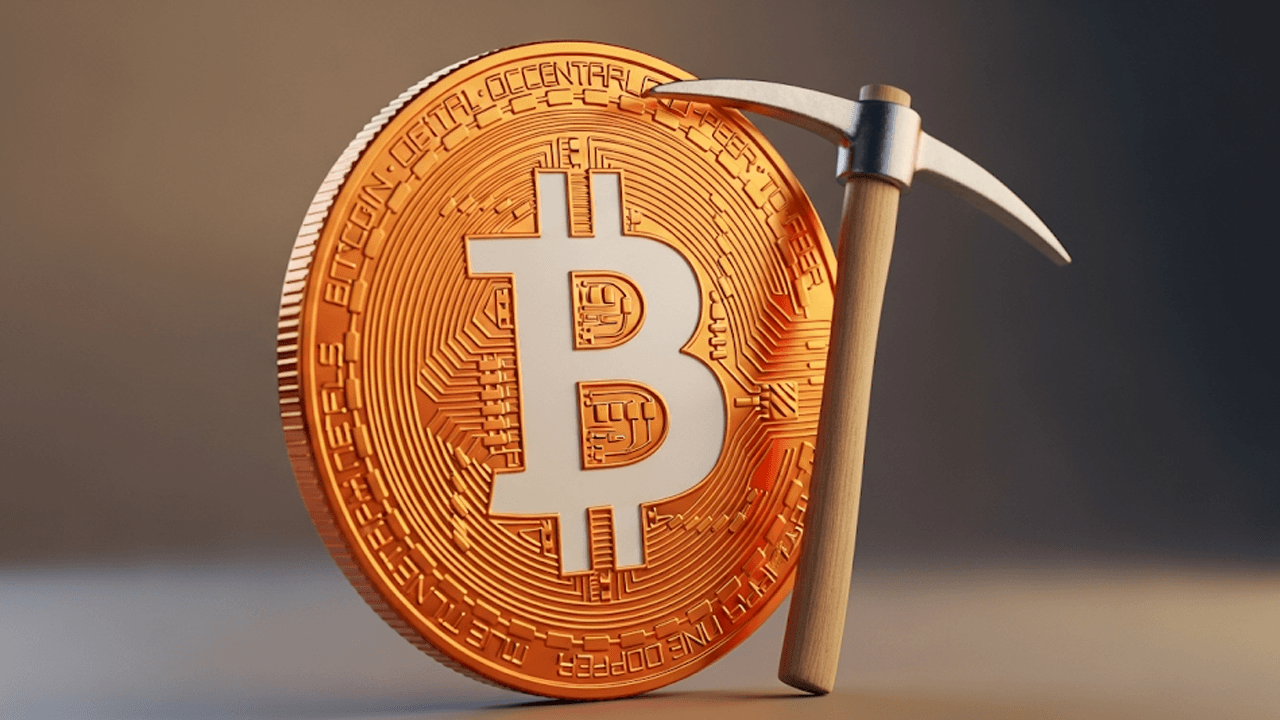The long-standing legal battle between Ripple Labs and the U.S. Securities and Exchange Commission (SEC) has culminated in a landmark settlement that could redefine the future of XRP and the broader cryptocurrency industry. This resolution, reached in mid-2025 after nearly five years of contentious proceedings, offers a fresh perspective on XRP’s regulatory status and investor outlook.
The legal journey between Ripple and the SEC began in December 2020, centered on whether XRP, Ripple’s native cryptocurrency, should be classified as an unregistered security. The SEC’s initial complaint accused Ripple of conducting illegal securities offerings worth hundreds of millions. Early rulings were mixed: while a 2023 judicial decision clarified that XRP sales on public exchanges did not violate securities laws, institutional sales by Ripple were found to breach those regulations to the tune of $728 million.
After years of negotiations, Ripple agreed to a final settlement involving a $50 million payment, substantially reduced from the SEC’s original proposed penalty of $125 million. Crucially, Ripple also reversed its cross-appeal, signaling an end to formal legal disputes. A U.S. District Judge lifted a court injunction that had previously restricted Ripple’s operations, effectively removing regulatory overhang that had hampered XRP’s growth and adoption.
The settlement’s most pivotal outcome is the explicit clarification that XRP is not a security under current law for its sales on exchanges. This distinction stands as a precedent for the cryptocurrency sector, signaling a more nuanced regulatory approach to token classification. It confirms that merely being a traded digital asset does not automatically subject a cryptocurrency to securities laws, provided specific conditions are met.
However, while institutional sales did violate securities laws in prior weeks, the reduced penalty and lifted injunction reflect regulatory willingness to balance enforcement with industry growth. For investors, this means XRP’s principal legal risks have dissipated, clearing a path for greater market participation, partnership deals, and integration into broader financial systems.
Ripple’s announcement sparked immediate positive momentum in XRP’s price, with increases of over 8-10% noted shortly after the settlement details became public. Enthusiasm is driven by the removal of regulatory uncertainty that had kept many institutional players cautious and limited Ripple’s strategic initiatives.
Analysts and investors are cautiously optimistic about XRP’s newfound “freedom” from legal constraints. The possibility of XRP scaling towards higher valuation targets, such as the speculative price point of $3 per token cited by some market forecasts, adds fuel to growth narratives. Moreover, the settlement’s timing aligns with a gradually evolving regulatory environment more favorable to crypto innovation.
Despite the bullish sentiment, experts advise prudence, noting that the crypto regulatory framework in the U.S. remains fluid and further clarifications or actions by the SEC or other agencies could impact market dynamics. Nevertheless, this settlement marks a turning point, signaling that compliance and innovation can coexist.
With the legal obstacle behind it, Ripple is poised for expansion. The company plans to reinvest resources previously allocated for court defenses into technology development, market expansion, and strategic acquisitions. Ripple’s flagship products like On-Demand Liquidity (ODL), which leverages XRP for cross-border payments, stand to gain traction as banking partners regain confidence in Ripple’s regulatory standing.
The company has also indicated ambitions to push the envelope by aligning closely with evolving regulatory standards while advocating for clear, crypto-specific rules. By settling with the SEC, Ripple demonstrates a commitment to engaging constructively with lawmakers and regulators, setting a potential example for other blockchain projects navigating complex legal landscapes.
Ripple’s case has served as a bellwether for the crypto sector, highlighting regulatory ambiguities around token classification and enforcement strategies. The case’s resolution provides valuable legal clarity and may encourage other crypto firms to seek similar settlements or to proactively manage regulatory risk.
Ripple’s settlement underscores that the SEC’s approach is not zero-tolerance but rather focused on creating frameworks that differentiate between types of crypto offerings and sales channels. This nuanced stance could accelerate mainstream adoption and integration of cryptocurrencies while preserving investor protections.
Furthermore, the decision may influence forthcoming legislation and regulatory guidelines in the U.S., nudging lawmakers towards crafting balanced frameworks that support innovation without compromising market integrity.
The Ripple-SEC settlement marks a watershed moment for XRP and the cryptocurrency landscape at large. By ending nearly five years of legal uncertainty with a compromise that acknowledges XRP as a non-security in many contexts, the case clears a substantial hurdle, allowing Ripple and XRP investors to refocus on growth and innovation.
Investor enthusiasm reflects a recognition that XRP is finally “free” from legal shackles that limited its potential. Ripple’s strategic reinvestment in technology and compliance will likely yield opportunities for broader adoption, reinforcing XRP’s role as a key player in cross-border payments. However, the evolving regulatory environment reminds all participants that vigilance and adaptability remain necessary.
Ultimately, this settlement is less an end and more a promising beginning—signaling a more mature phase for crypto regulation where clarity, compliance, and creativity can thrive side by side. XRP’s journey from legal limbo to regulatory clarity offers lessons not just for Ripple, but for the entire blockchain ecosystem navigating the future of digital finance.





